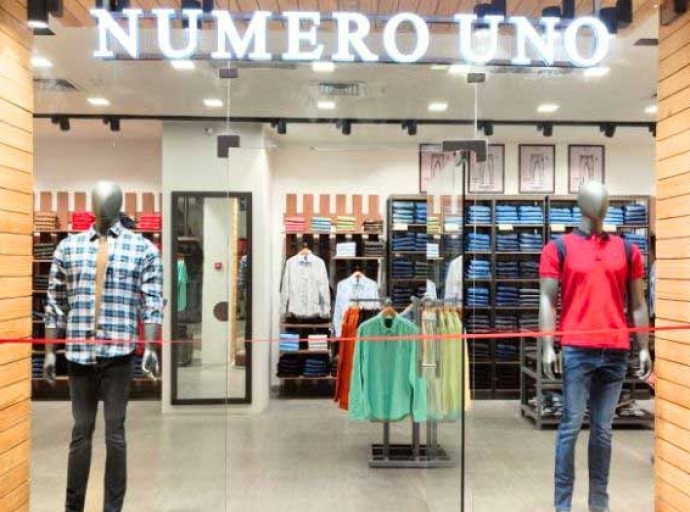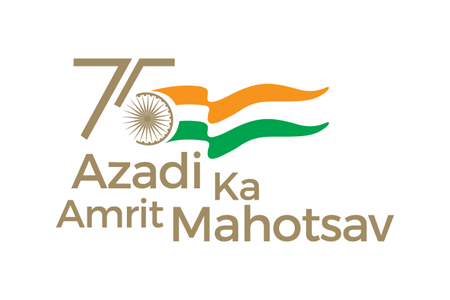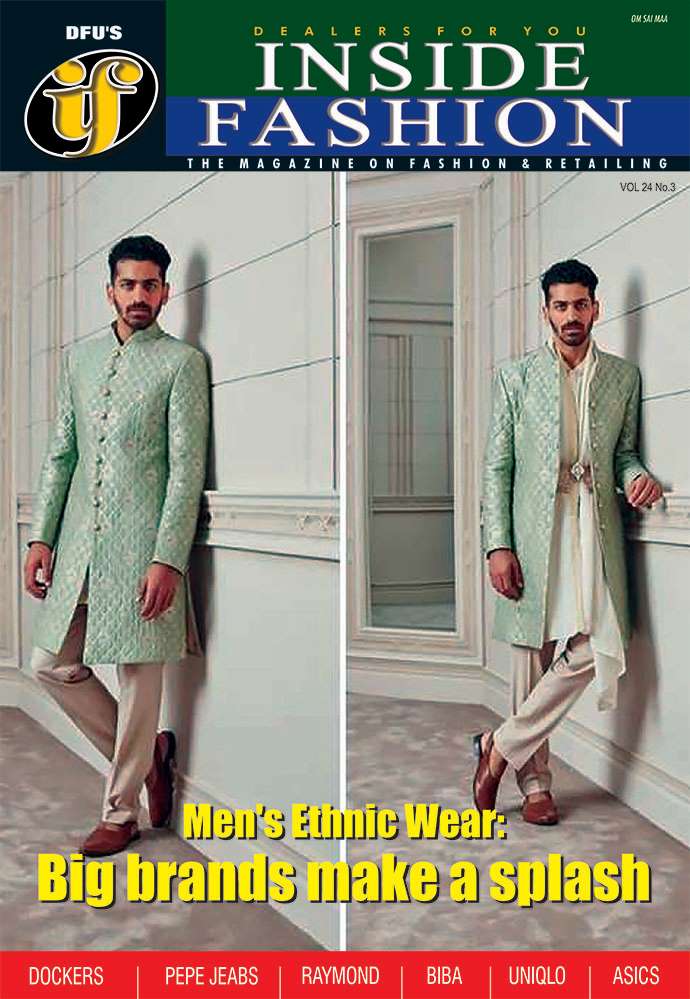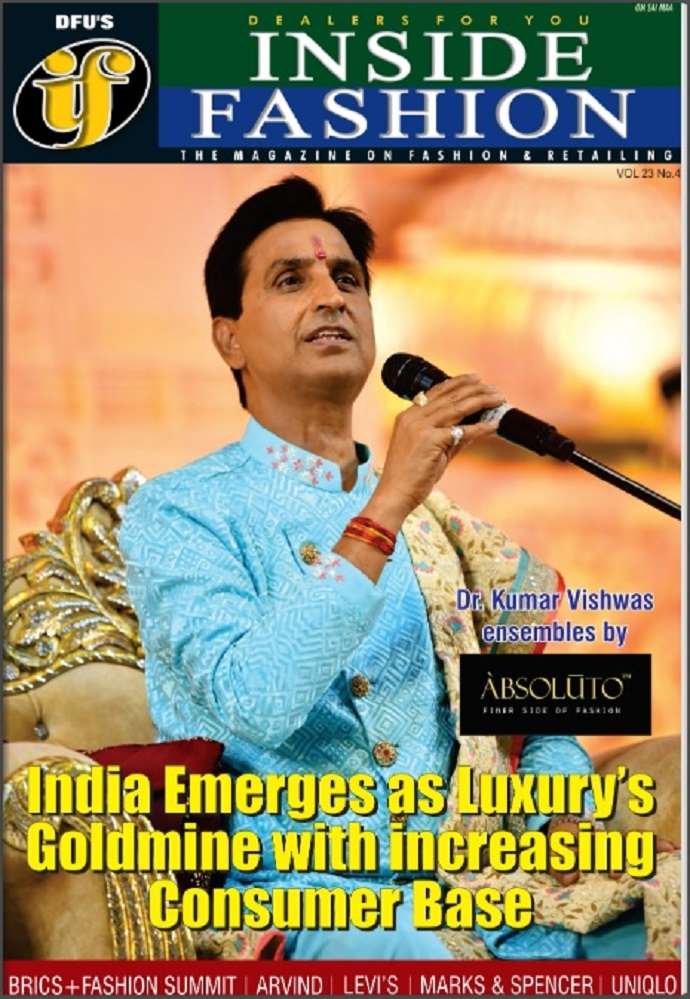Growing Love for Pre-Loved: India's secondhand fashion sales rise with GenZ in the lead
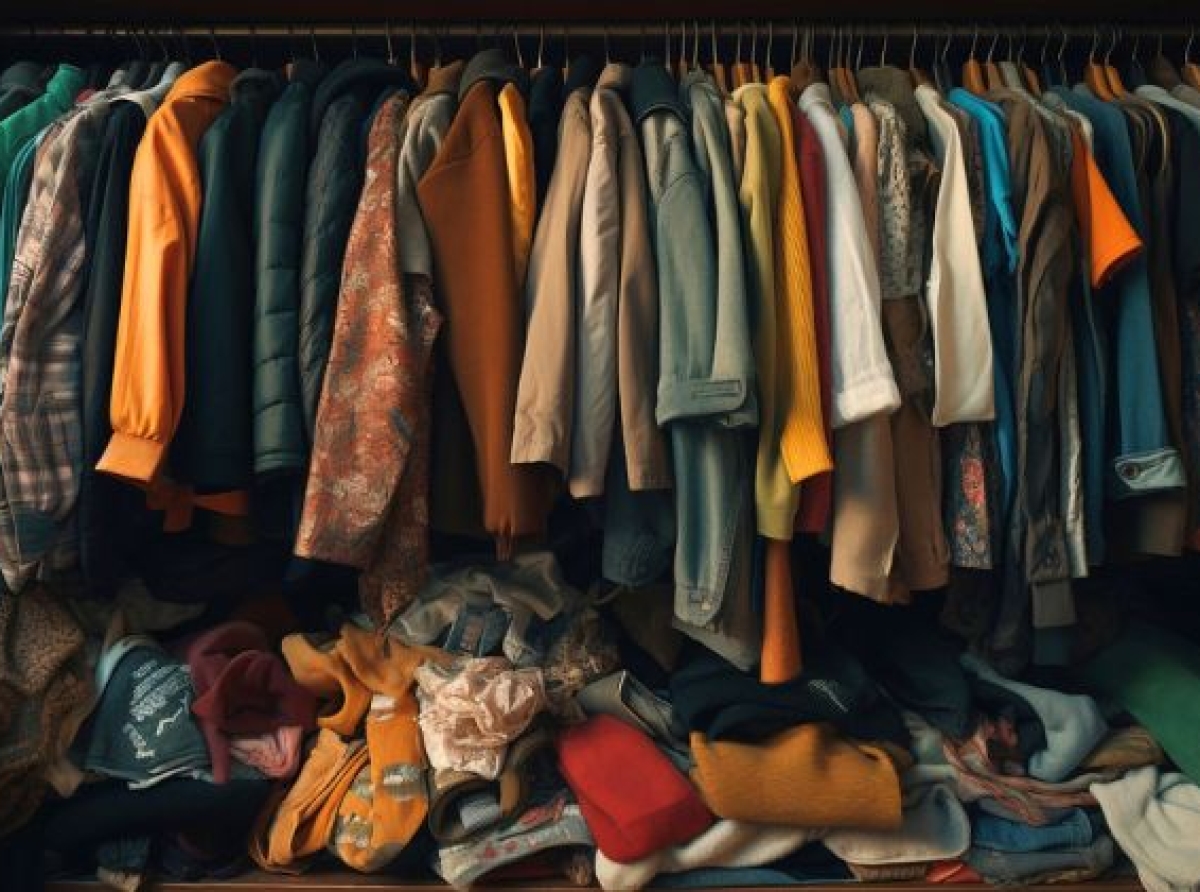
In a milestone collaboration between the Circular Fashion Federation (CFF) and global consulting powerhouse KPMG, a study has showcased the transformative potential of India's growing secondhand apparel market.
Titled ‘Unlocking the Value in Pre-Loved: India's Secondhand Fashion Revolution’, the report unveils important data and looks into case studies and expert insights, underscoring an important moment in the country's fashion market.
The rise of secondhand fashion in India
India, known for its rich textile heritage and vibrant fashion industry, is now witnessing a move towards sustainability in apparel consumption. The CFF-KPMG study projects a 35 per cent compound annual growth rate (CAGR) for the Indian secondhand clothing market over the next five years.
The report identifies a growing consumer preference for pre-loved fashion items, which has got a boost for increasing environmental consciousness and a desire for unique, affordable clothing options. This evolving trend marks a departure from traditional fast fashion paradigms towards more conscientious consumption patterns.
The report's key findings include:
Market size: The current Indian secondhand apparel market is estimated at Rs 15,000 crore, and projections indicate it will reach Rs 65,000 crore by 2030.
Consumer demographics: The study identifies Gen Z and millennials as the primary drivers of this growth, with 78 per cent of respondents in this age group having purchased secondhand clothing in the past year. However, 45 per cent of older people are also now engaging with the market, indicating a broadening appeal.
Online dominance: Online platforms, including dedicated resale marketplaces and social media channels, account for 62 per cent of current secondhand sales, highlighting the importance of digital infrastructure in market growth.
Sustainability imperative: Almost 72 per cent of consumers cited environmental concerns as a key motivator for buying secondhand, indicating growing understanding of the fashion industry's environmental impact.
Price sensitivity: While sustainability is a significant factor, 85 per cent of consumers also highlighted affordability as a major draw, particularly in the current economic climate.
Youth at the helm
One of the most revealing insights in the report is the generational tilt in consumer behavior. Over 80 per cent of Gen Z respondents said they had either purchased or were open to purchasing secondhand clothing. For many, this is less about thrift and more about ethics and individuality.
Case studies in the report spotlight young entrepreneurs and college-led initiatives that are leading this movement. For example, student-led thrift collectives in cities like Bengaluru and Pune are building hyperlocal resale communities using Instagram as their primary storefronts. These micro-economies are not only curbing waste but also democratizing fashion access
The digital marketplace boom
The report identifies online resale platforms as one of the key enablers of the secondhand fashion revolution in India. Marketplaces such as Ziniosa, Curated Finds, and Lulu Thrift are allowing consumers to buy and sell gently used clothing with ease, security, and a sense of style.
KPMG’s data shows that over 50 per cent of secondhand fashion consumers now prefer digital channels due to wider selection, trust in curation, and ease of delivery.
In fact, CFF and KPMG highlight that 63 per cent of urban respondents see online thrift platforms as their first point of contact when seeking pre-loved apparel. These platforms are also integrating AI tools for pricing, product authentication, and sustainable grading, further increasing consumer confidence.
Sustainability front and center
Environmental impact is a major theme throughout the report. With India generating an estimated 7.8 million tonnes of textile waste annually, and the fashion industry being the third-largest polluter globally, the importance of extending garment life cannot be overstated.
CFF’s analysis reveals that each pre-owned garment purchased instead of new can save approximately 5 kg of CO₂ emissions, in addition to reducing water and chemical usage. If just 10 per cent of India’s fashion purchases shifted to secondhand by 2030, the country could cut an estimated 1.2 million tonnes of textile waste annually.
The rise of pre-owned luxury
While the bulk of the secondhand market comprises casual and fast fashion items, the report also draws attention to the rapid growth of pre-owned luxury fashion. Platforms like Confidential Couture and ReLoved are redefining aspirational consumption by making high-end brands accessible through resale.
The Indian pre-owned luxury segment, currently valued at $618 million, is expected to cross $1.56 billion by 2032. These platforms are investing in authentication technologies and curated storytelling to overcome the stigma often associated with used luxury goods.
The report doesn't stop at analysis—it gives recommendations to unlock further value from the pre-loved fashion market:
Policy incentives: Introduce tax benefits and GST reductions for certified resale businesses.
Consumer education: Launch national campaigns to shift perceptions around pre-owned fashion.
Circular infrastructure: Encourage public-private partnerships to build garment collection, sorting, and recycling hubs.
Innovation hubs: Foster startups and tech solutions that enhance product traceability and digital resale.
Thus, ‘Unlocking the Value in Pre-Loved’ is not just a report; it is a call to action. India is at a unique inflection point—facing the dual pressures of environmental responsibility and a rapidly growing consumer base. The secondhand fashion revolution offers a sustainable, inclusive, and scalable solution to meet both.
With digital innovation, youth leadership, and supportive policy shifts, India could emerge as a global leader in circular fashion. The clothes may be pre-loved, but the vision they represent is entirely forward-looking.
Latest Publications




